Little Brother Rare Seated Steiff Bengal Tiger Wild Cat ID ’59-’61 Only
$167.00 Original price was: $167.00.$98.99Current price is: $98.99.
- Quality You Can Count On
- 100% High-Quality Guarantee
- 7 days free returns
- We take quality seriously.

My last 14-cm Bengal tiger sold so fast, you may have missed him! What is incredible, given the rarity of this cat, is that you have another chance with this guy so soon! He is certainly an unexpected treat for me to find, and I am delighted to give you Steiff tiger fans another opportunity.
Bengal is rare to find because he was made only from 1959 to 1961 in each of his three sizes, this one being the smallest. He no longer has his button and flag, but there is only one article number that would have been printed on that flag: 3314,00. The “14” part of that number indicated Bengal’s size in centimeters when measured from his sitting surface to the top of his head. At 5 1/2 inches high, he is precisely in accord with the catalogue.
While Bengal has lost his two other IDs, he does retain his chest tag. What is somewhat unusual is that the tag is generic, saying only “Original Steiff,’’ rather than the name “Bengal.” If you have ever looked at anything in my shop, you KNOW, from reading my article (at least I hope you’ve read it), that fraudulent Steiff IDs are a serious concern of mine and one it has been my goal to enlighten others—both collectors and unknowing dealers—about for well over a decade. I discuss fraud with each type of ID, including added chest tags to animals who had lost their originals.
It was of immediate concern to me when Bengal arrived that his chest tag did not have his name. Because I have encountered this generic tag on a named animal before, and satisfied myself on those few occasions that the tag was original from the factory (with a reason or explanation I could never figure out), I examined Bengal’s tag very carefully. It was a challenge to do that because the string is so short and pulled so tight, I feared inadvertently pulling it off his chest in my explorations.
Having determined that this Bengal was, indeed, one of those rare named animals with a generic chest tag, my next challenge was to try to reinforce the tag’s connection to his chest. I could have removed the tag, repaired the tear into its periphery, and re-attached the tag. I have done this kind of repair countless times for critters in my own collection. I know that many collectors would consider such a repair to be sacrilege, so I did my best to reinforce the back of the tag with it still on his chest! I think I did a great job, but I would still caution Bengal’s new owner to leave well enough alone. Although the attachment is improved, it is still not ideal. I assume he will be joining the collection of an adult collector and will not be subject to the poking and pulling hands of a curious child.
OK, enough about his tag! I can’t quite call Bengal’s condition “very good” (although I am sure many others would disagree). I will say that he is “good plus” and hope you will be pleasantly surprised. In any case, his condition is DESPITE his age, not the meaningless “for his age.”
Bengal has a touch of fading, both to his black stripes and to his orange background. This is not immediately apparent; he looks quite handsome as he is. When I compared him side by side with the near mint Bengal who lives in my vitrine, I could see a difference.
I am showing you two other really minor condition issues in the two insets into my fifth composite image. Actually, one of those insets enables you to see something positive as well. The negative thing I want to point out in the left inset is the slight wear in Bengal’s beard. The rest of that inset shows his open felt-lined mouth, and you can see that he retains nice rose-colored airbrushing there.
Speaking of “rose” coloring, my other inset is a larger image of the underside of Bengal’s left front paw. I almost did not bother to include it, since the pink stain on that paw is REALLY light and virtually undetectable in person. In any case, it cannot be seen when Bengal sits on display.
OK, on to more positives. Bengal has all 12 of his original whiskers—6 on each side of his nose. One whisker on his left side seems to have developed a mind of its own. 😉
I have covered the rest of Bengal’s body, and I now want to mention something (good) about his tail. Since he is so rare, you may not have seen him before, and you would, therefore, have nothing to compare him to. But, I believe there is a design flaw in this tiger (one that you may have seen in other Steiff animals seated on their haunches like Leo and Lea). Bengal’s tail placement causes a conflict between his seated pose and the place on his butt where his tail starts, such that his tail does not lay absolutely flat. Often, in fact almost always, this stress on the tail causes a severe separation of the stuffing a bit down from where Bengal’s tail and body join, and his tail flops down limply and almost vertically when you hold him up.
While not perfect, this Bengal’s tail is one of the nicest I have seen, and it does stay with him when you lift him. You can see a demonstration of this in my sixth image.
To be sure, there has been some movement of the excelsior inside his tail, but, for the most part, this is not discernible except by touch. Even if I had decided to reinforce his excelsior stuffing, my repair would eventually be negated. If I made the tail SO tight with new stuffing in order to try to prevent a recurrence of the internal separation, it would cause Bengal to tip forward, which would not be an attractive alternative.
I can’t think of anything else to tell you, but please write if you have a question. Bengal is a nice example of this wonderful and rare wild cat, one who should not be missing from a serious Steiff collection.
WHATEVER YOU DECIDE TO DO ABOUT BENGAL OR ANY OF MY OTHER STEIFF ITEMS, PLEASE BE SURE TO SEE THE ARTICLE I HAVE WRITTEN ABOUT STEIFF FRAUD—INCLUDING COUNTERFEIT CHEST TAGS—(AND OTHER IMPORTANT INFORMATION FOR COLLECTORS). YOU WILL FIND THE LINK ON THE BOTTOM RIGHT OF MY SHOP HOME PAGE UNDER “FAVORITE LINKS.” IF YOU HAVE NOT LOOKED AT IT RECENTLY, I UPDATED AND EXPANDED IT IN DECEMBER, 2022.
| ITEM ID | RL-1979 |
|---|---|
| COLOR | Black, Orange |
| ITEM TYPE | Vintage |
| FINE PLUSH AGE | Post 1950 |

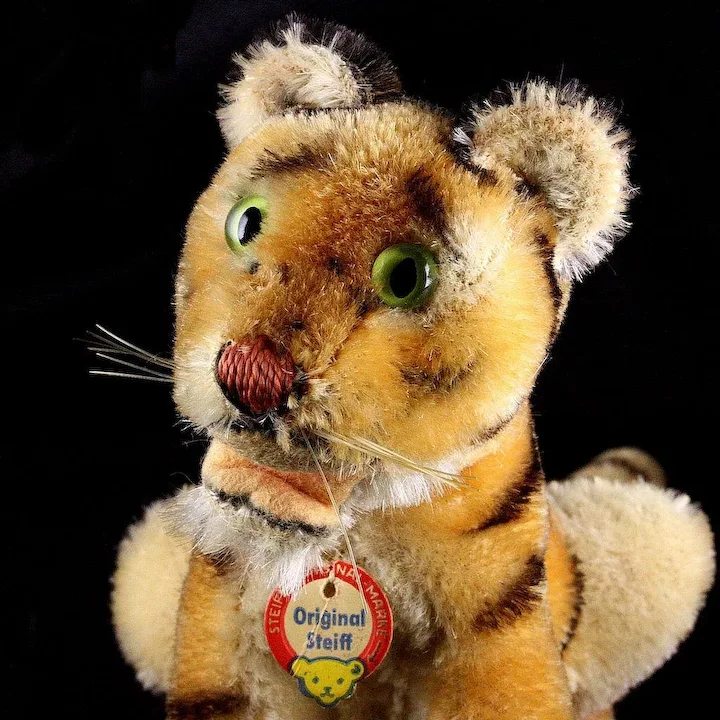
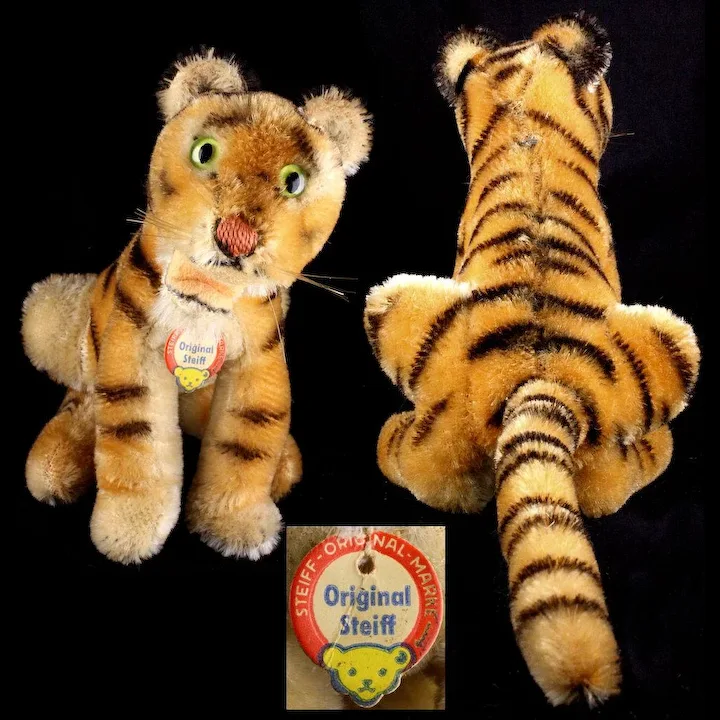

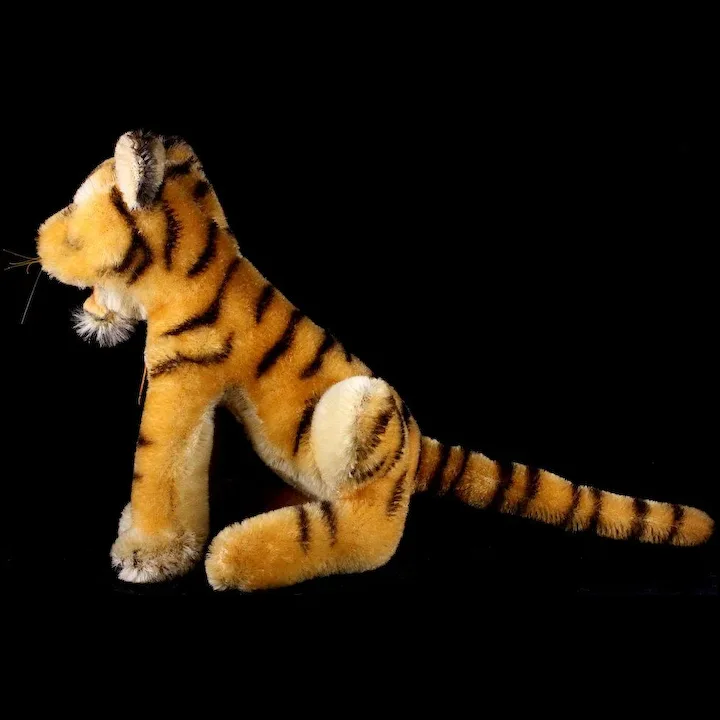



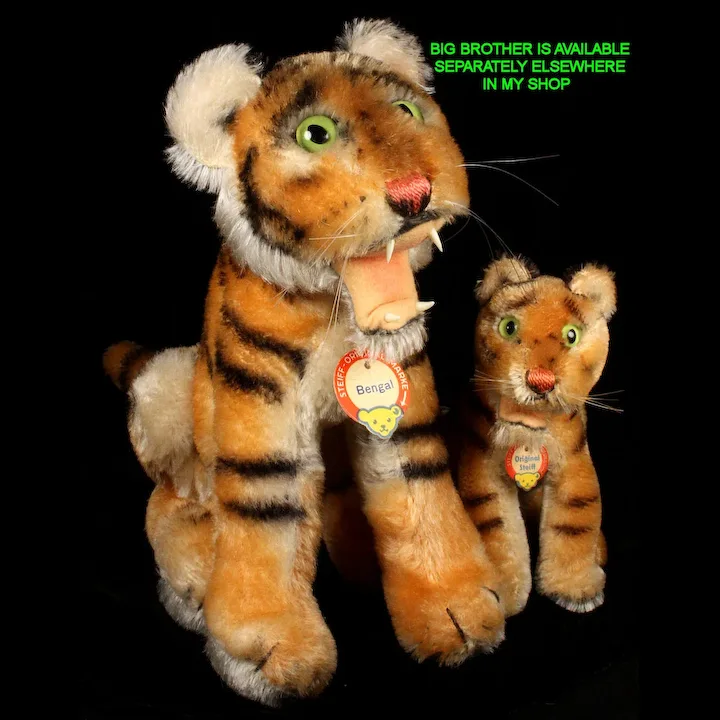
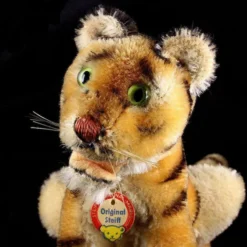

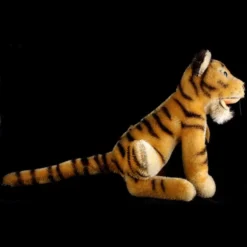
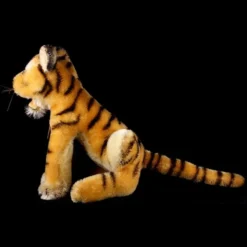



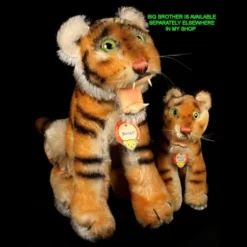


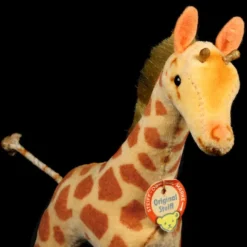

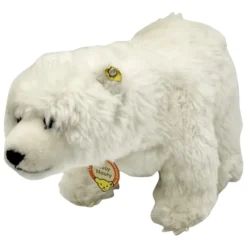
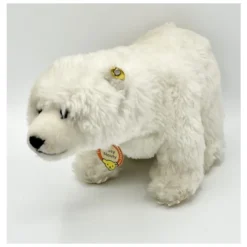
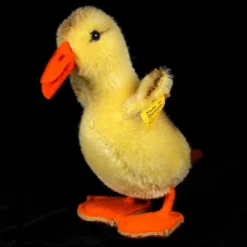
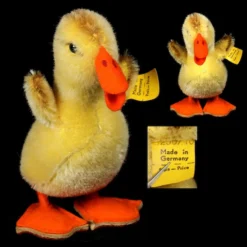
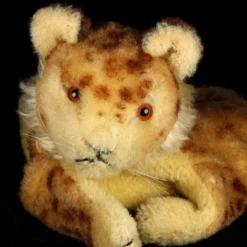

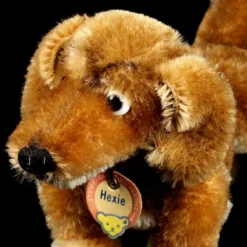
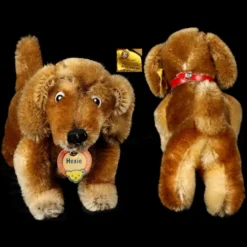


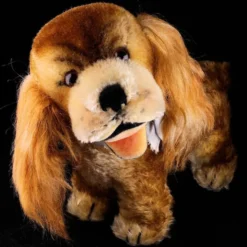

Reviews
There are no reviews yet.